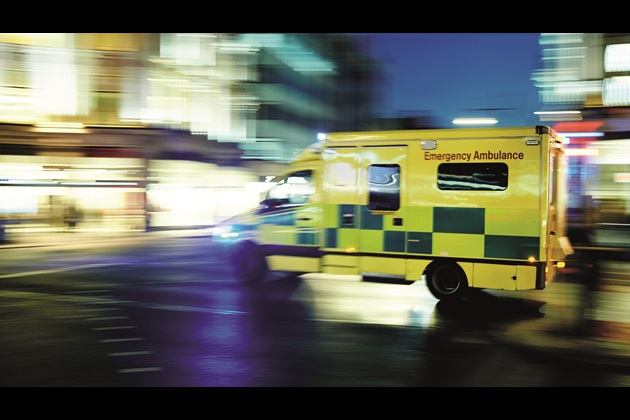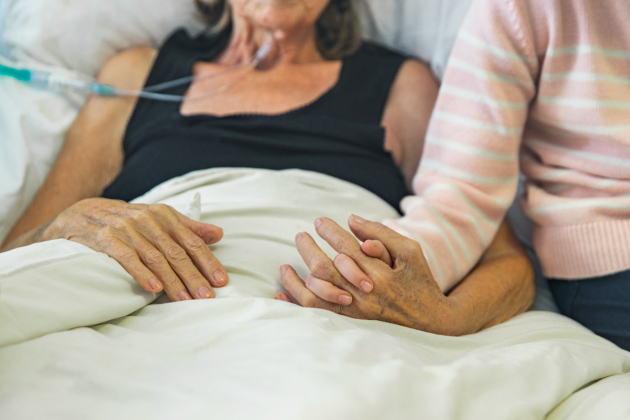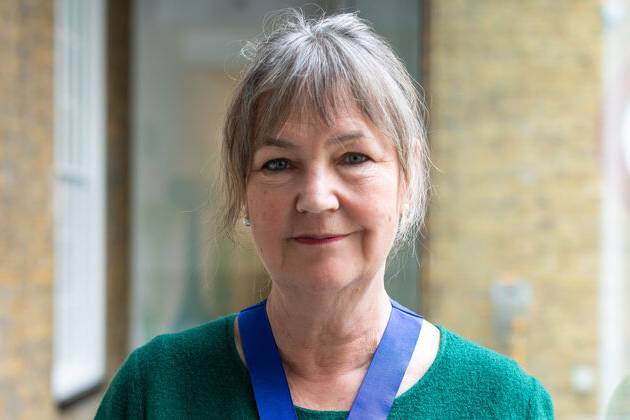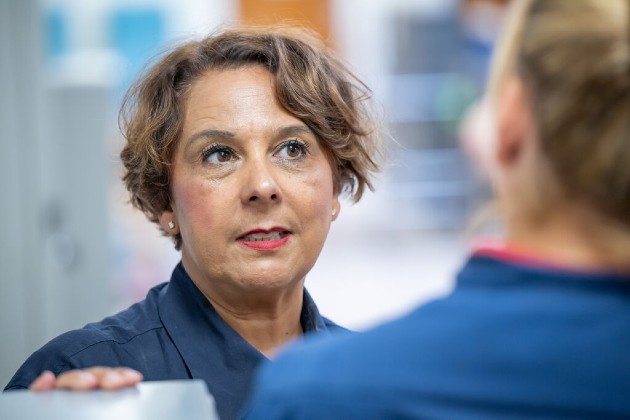Getting a placement in A&E was a dream come true but I still felt anxious, particularly about performing CPR. We’ve all practised on a dummy and made its chest click, but what was it going to be like in comparison to the real thing? Would I remember how to do it? Would I be able to do it? Would I just be in the way?
It didn’t take long to find out. On just the second day of my placement, the red phone rang. A patient who’d arrested was on his way in and I was told to join the team. An overwhelming sense of fear and excitement rushed through my body as I contemplated the enormity of the situation.
Teamwork
I was stood next to another equally anxious student – she was on the first day of her placement. But I knew it was time to face my fears. When the consultant asked if I could do compressions I said “yes”. But the blue gloves on my hands were filling with sweat, my heart thumped in my chest and my stomach churned as I tried to remember my training. It hit me that I was fully involved in this team.
Initially it was like watching a film or a TV programme, but as the doors flew open, reality kicked in. The patient was transferred to the bed and he had a Lucas machine (which does the chest compressions for you) strapped to his chest. However, due to the patient’s individual circumstances the decision to stop was made shortly after he arrived.
Even though I hadn’t really done much, it really felt like I had. I felt emotionally drained.
We had a debrief with other team members, including the nurse in charge, who explained the whole process to us and how advanced life support was different to basic life support. It was a good opportunity to reflect and while it was awful to see my first death, if I’m honest I was probably slightly relieved that I hadn’t had to do CPR.
Organised mayhem
Just a week later another patient who’d had a cardiac arrest came in. All the same emotions and feelings came back. This time I was asked to scribe and keep a time-check. I knew this was a really important job. A fireman was performing chest compressions on the patient when he arrived in what I can only describe as organised mayhem in the most subdued controlled environment.
I was shouting out every two minutes so they could perform a pulse check and administer drugs. Then suddenly I was asked to help. Without even a thought, I had my hands on the patient’s chest and I was performing chest compressions. It felt so different to that dummy we had practised on, but I had remembered. I was fully involved trying to save this man’s life.
I wasn't just a student, I was an active member of that team.
I continued rotating chest compressions with other nurses and doctors and helping to scribe when I could. Eventually, the man had a pulse and was transferred out of the department.
Unfortunately the patient died later that day. But I’d been part of a team trying to save his life. Doctors gave me feedback throughout the situation which gave me the confidence I needed to know I was doing the right thing. I wasn’t just a student, I was an active member of that team.
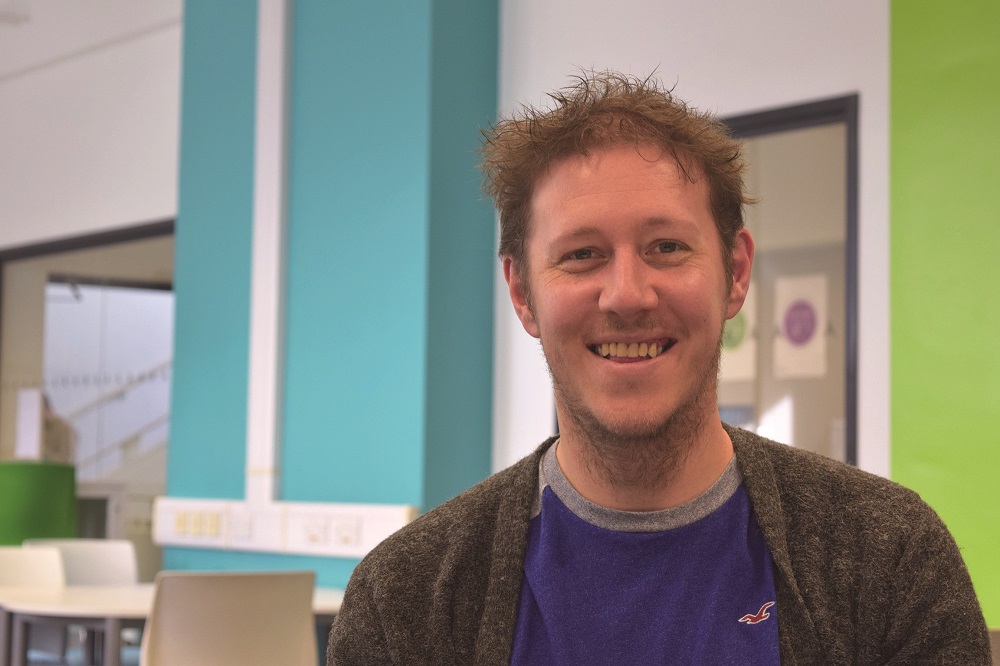
Andrew’s top tips
- Take time to reflect.
- Remember you’re part of a team.
- Grab the chance to get involved in any situation you can.
- Believe in your own abilities.
Andrew is a second-year student studying adult nursing at the University of West London and an RCN student information officer.
The RCN says…
Suman Shrestha, RCN lead for emergency care, says it’s completely normal to feel anxious when you’re facing a new situation, especially one as intense and potentially life-altering as CPR. “But remember to stay calm, remember what you’ve been taught and don’t be afraid to ask for help if you’re not sure what to do. It is also helpful to attend the debrief following the event to reflect how the situation was for everyone concerned.”
Find out more
Join the RCN Emergency Care Association to collaborate with other forums and emergency groups and discuss best practice and innovations in care.


